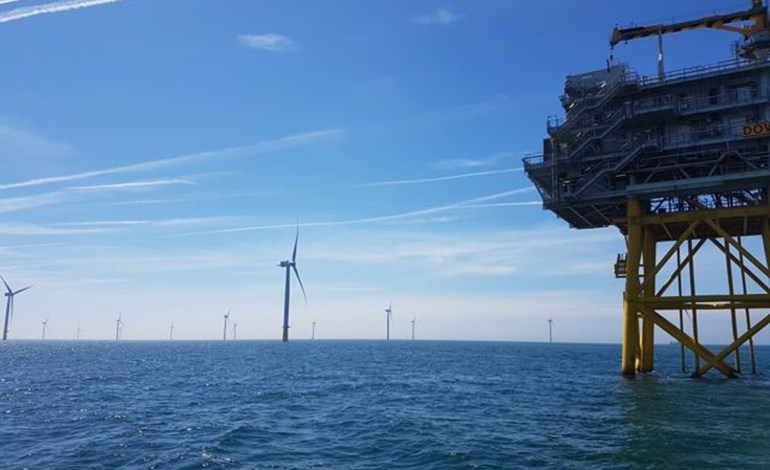National Grid Electricity System Operator (ESO) has published a report which suggests using shared transmission infrastructure to link UK offshore wind farms to the grid will help save £6bn in connection costs by 2050.
The National Grid ESO now wants feedback on findings of new report as part of government review into transmission network
A so-called integrated approach to connecting offshore grid projects could also reduce the physical infrastructure needed to connect offshore wind farms to the grid by 50% over the next 30 years, due to fewer cables, landing points and network assets required. National Grid ESO said using less infrastructure offers significant environmental and social benefits, but believes transition away from the existing system of point-to-point connections is a post 2030 opportunity.
The cost-benefit analysis has been published as part of an ongoing Government-led review into connections for offshore renewable energy and interconnectors.
National Grid ESO director Fintan Slye said: “Our project is assessing the most beneficial approach to offshore networks, examining a range of different technical and engineering solutions to grid connections – all aimed at ensuring value for money for consumers, facilitating offshore wind’s contribution to the Net Zero target and reducing the environmental and social impact of the connections onshore.”
As part of the ongoing grid consultation comments on the report have been requested and interested parties have until October 28 to respond.
“Initial analysis already shows the potential for significant cost savings and a reduced need for physical infrastructure but it’s crucially important we hear from a variety of stakeholders in this consultation, including coastal communities, developers and transmission owners”, Slye added.
Responding to the report, RenewableUK’s director of future electricity systems Barnaby Wharton said: “Integrating and sharing offshore wind infrastructure will help us to maximise the use of the massive amount of power we’re generating from offshore wind, driving down costs for consumers even further.
“Reducing the amount of electricity works onshore means that any impact on coastal communities is kept to a minimum.
“As offshore wind developers are determined to work closely with local communities and to be good neighbours, this is an important consideration for our sector.”
Vattenfall UK country manager Danielle Lane added: “Offshore wind will form the backbone of the UK’s electricity generation as we reduce our greenhouse gas emissions.
“However, balancing decarbonisation, consumer costs, and local community concerns as we move towards net zero is no easy task, and projects already under development need to remain on track if we’re to meet the target of 40 GW of offshore generation by 2030.
“National Grid is right to focus on how the country’s electricity network can cope with the huge amount of offshore capacity we need, and efficiently connect to multiple generating sites.
“The grid must be able to cope in an era of rapidly increasing volumes of renewable power, intermittent generation, flexible electricity markets, under-sea interconnectors, battery storage, and households both taking electricity from and supplying it back to the grid.
“But this is about more than supplying power to people’s homes – the grid is also the lifeline which will enable industries right across the economy to move away from fossil-fuels and rely on clean electricity instead.”
Feedback will be used to draft three reports which will be published later this year as part of the ongoing government review.

